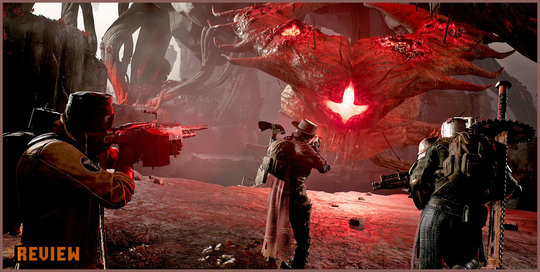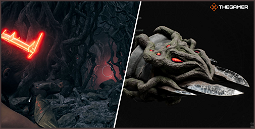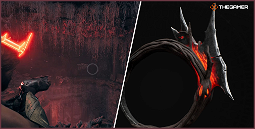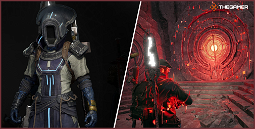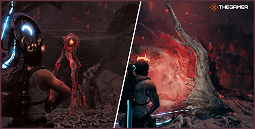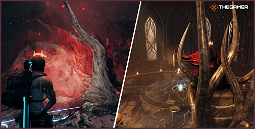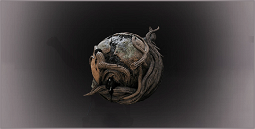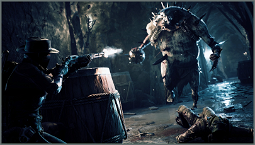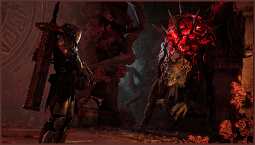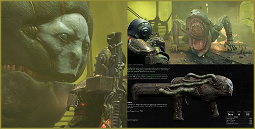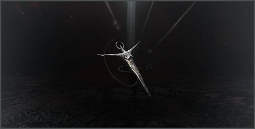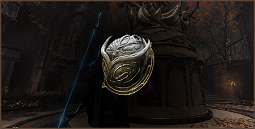Remnant 2 Review: Surpassing Expectations
I’m going to start my Remnant 2 review with a confession. I didn’t fall in love with the first game. Sure, I enjoyed the tight gunplay and challenging boss fights, but I felt that the grind to reach the end-game was slow, and I didn’t have the patience to reach the top of the tower. I’m glad I gave the sequel a chance, because it surprised me with its improvements, and I’m now eagerly anticipating what comes next for the indie FPS game in the future.
It’s not surprising that a game with deep systems and RPG mechanics would take time to get used to, and that’s exactly what Remnant 2 is. The game surprises you with hidden secrets that encourage exploration and experimentation, and over time, you discover the depth of the gunplay, world-building, and art direction, with a co-op shooter that just keeps getting better the more you play it.
Remnant 2 surpasses its predecessor in almost every way, with randomized levels that encourage multiple playthroughs and an increased emphasis on RPG mechanics and equipment slots. The story is more fleshed out, the bosses more challenging, and the puzzles more intricate. Each world, including the revisited Yaesha, is complex and compelling, with variety and secrets to discover.
The new bosses are impressive, offering fair fights without frustrating mechanics. The bosses are varied, with distinct mechanics, requiring you to use the environment, platforming, and even your teammates to defeat them. The diversity of the bosses is a pleasant surprise, with one requiring you to use a grappling hook to descend to the bottom of a canyon, while another requires you to use your partners as bait to lure a giant spider into an electric fence.
The class system is a standout feature, allowing you to tailor your playstyle and combine two classes to create unique combinations. I mostly played as a Gunslinger, using a bow and arrow alongside a secondary weapon, with a Wizard secondary class to use ranged magic attacks. This was my preferred setup, as I wanted to keep my distance from enemies while dealing damage, but you can use your imagination to create different class combinations, including those that focus on healing or tanking.
My only issue with the class system is the removal of set bonuses from armor. In the first game, armor pieces gave you buffs if you paired them with another piece of armor with a matching set bonus. While this mechanic was frustrating in some cases, it was also exciting to find unique armor and weapons with set bonuses that could change your playstyle. The abundance of low-impact gear and rings detracts from this excitement, making gear management tedious and reducing the significance of armor and weapons.
Remnant 2’s level designers go overboard with hidden treasures. While the first game was full of secrets and hidden rooms and platforms, the sequel takes this to the extreme – dungeons often contain hidden rooms within hidden rooms. Some of the dungeons, particularly in Yaesha, are exhausting; the complex and interconnected puzzles and secrets can be fun to solve, but it’s hard to go back and do them again once you know the answer.
The gunplay is satisfying, with tight movement and slow-motion attacks that allow you to dodge and weave around enemies. The variety of weapons and armor keeps the combat fresh, and the increased number of weapon slots means you can mix and match your favorite weapons to change up your playstyle. There’s also plenty of weapon and armor customization, with a system that allows you to level up your weapons and armor and add stats that suit your playstyle.
